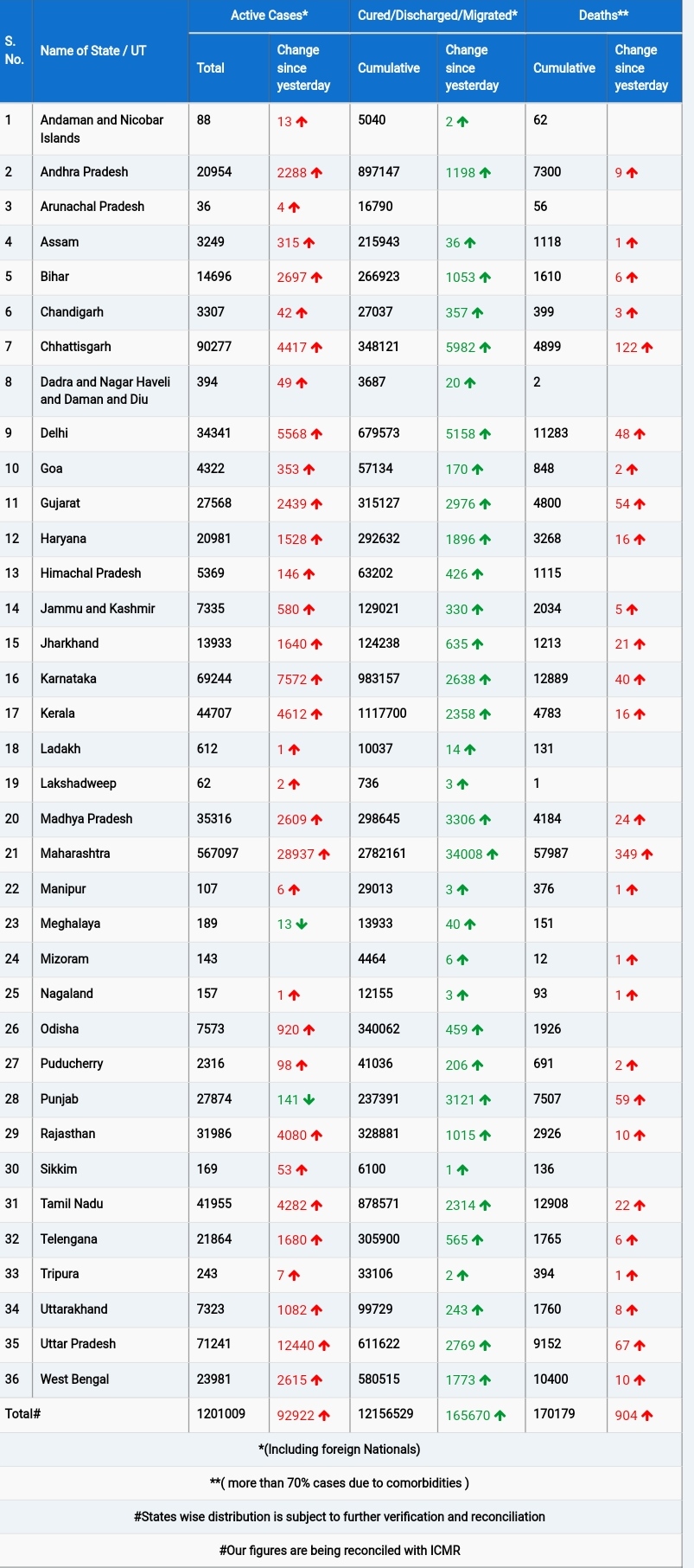In a recent breakthrough, researchers in Japan have discovered that the highly pathogenic H5N1 avian flu virus may pose a greater risk of infection to humans when transmitted from cattle rather than directly from birds. This revelation, led by Yoshihiro Kawaoka, director of the University of Tokyo’s Pandemic Preparedness, Infection, and Advanced Research Center, was published in the online edition of the British scientific journal Nature on July 9.
The study utilized receptors in human respiratory cells to react with both bovine-derived and avian-derived H5N1 viruses. The findings revealed that the bovine-derived virus exhibited a stronger binding strength compared to the avian-derived virus. This indicates that the virus from cattle “more efficiently infects humans” than the virus from birds, according to the data published in Japanese daily Mainichi Shimbun.
Further tests on mice and ferrets confirmed the high pathogenicity of the bovine-derived H5N1 virus. Upon infection, the virus proliferated throughout the animals’ bodies, including the brain and muscles, demonstrating a high level of virulence.
“The nature of the virus may have changed,” Kawaoka stated, emphasizing the potential concern for future human-to-human transmission.
The H5N1 strain is known for its extreme infectivity and virulence in birds, with global outbreaks beginning in the 2000s, leading to significant poultry deaths. Since 2020, several cases of H5N1 infections have been reported in various mammals, and 28 human infections have been documented by the World Health Organization (WHO). However, there have been no confirmed cases of human-to-human transmission to date.
This study underscores the importance of monitoring the transmission dynamics of H5N1, particularly in relation to cattle, to mitigate potential future risks to human health.











